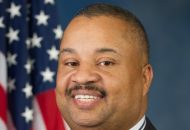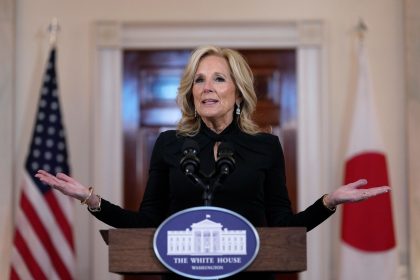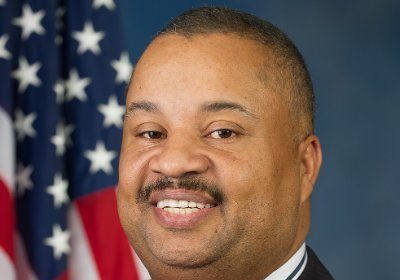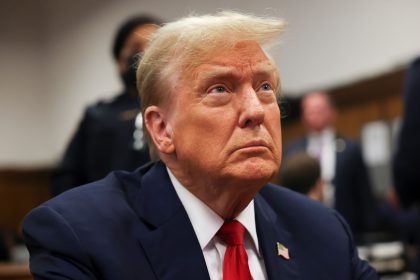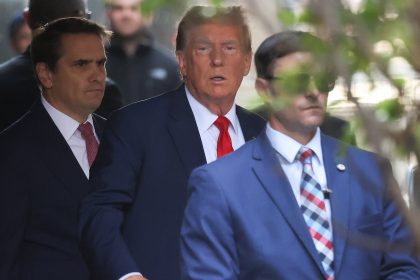‘Fight House’ Author Tevi Troy Details History of Internal White House Squabbles
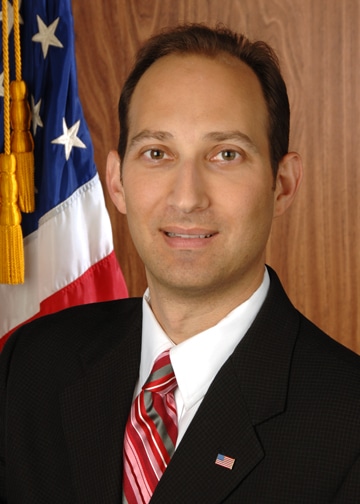
WASHINGTON — Over the last four years, every day seemed to bring a new story of White House infighting. But will the Biden Administration be any different? And was the dynamic of the Trump White House really that unprecedented?
Tevi Troy, a best-selling presidential historian and former member of the George W. Bush Administration, recently spoke to the Center for the Study of Presidency and Congress about his new book Fight House. Named one of the top political books of 2020 by the Wall Street Journal, Fight House explores rivalries in the White House from Truman to Trump. In addition to showing that infighting existed in every administration, Troy shared interesting stories from past staff feuds and how these internal conflicts can shape national and global policies.
“I’m a presidential historian, and I didn’t hear half of these stories before I started writing this book,” Troy admitted.
He said all of the chatter about fighting in the Trump White House being rare and unequaled was false. “Everything you heard about Trump happened in another administration,” he said. “The only thing I could find [that was unique]…was that they would make up emojis about folks they didn’t like. But other than that, all of the [Trump White House infighting] tactics existed in previous administrations.”
For example, when Truman was making the important decision about whether to recognize the state of Israel, his secretary of state, General George Marshall, and policy advisor Clarke Clifford heatedly disagreed. When Clifford won the argument in a meeting with the president,
Marshall reportedly became so mad that he would never speak to Clifford again — or speak his name for the rest of his life.
In the administration to follow, Eisenhower chose to send an arms negotiator, Harold Stassen, to work in the State Department with cabinet rank. As a result of the power struggle, his Secretary of State John Foster Dulles and Stassen would butt heads and have what Troy described as “an ugly relationship.”
Kennedy’s vice president, Lyndon Johnson, and his attorney general, Robert Kennedy, famously hated each other. After Kennedy’s assassination, and on the day of Johnson’s first cabinet meeting as president, the two had a shouting match and didn’t talk for two months.
Following that, Nixon’s choice for national security advisor, Henry Kissinger, dealt with mistrust toward him within the administration, especially from then-Secretary of State William Rogers — as well as exploited Nixon’s obsession with leaks — in his own unique way. “Kissinger was relentless in his mission to outmaneuver Rogers from the very beginning,” said Troy, so when it showed up in the news that Kissinger was dating a Bond actress, he blamed the leak on Rogers, though he had actually secretly divulged the fact to the press himself.
Alexander Haig, chief of staff to Nixon who later served in the same role for Ford, hated Ford’s counselor Robert Hartmann so much, said Troy, “that 35 years later he would still get red-faced and sputtering when Hartmann’s name was mentioned.”
Skipping ahead, Troy detailed how the elder Bush had a foreign policy team that worked together very well, but a domestic policy team that was less cordial, while conversely, George W. Bush had a collegial domestic team and a foreign policy team, comprised of Donald Rumsfeld, Colin Powell, and Condoleezza Rice that were all “at each other’s throats.”
“Rivalries, fights, and personality conflicts can go on for a long time and have lots of repercussions,” he said, adding that backstabbing and dysfunction or, alternatively, benefits from internal tension and competition, can have huge implications on a private, national, and global scale.
“It’s not just the last four years,” said Troy. “Presidents say they want cabinet government, but what they really want is control… and that’s sometimes why this happens.”
In his research detailing what infighting looks like in every administration back to Truman, Troy determined that White House conflict derives from clashing views and interests, but so can White House progress. The difference is to “manage in such a way that fosters some disagreement, but [that does] not set up warring factions.”
As the Biden Administration begins to take shape, Troy looked ahead to any lessons learned from past mistakes.
Adding John Kerry as a climate envoy under Secretary of State Antony Blinken “echoes the relationship between Dulles and Stassen” in the Eisenhower Administration, he said. “I don’t know that Kerry and Blinken will be at each other’s throats, but they might be.”
And as for whether the long-standing assumption that creative tension could be the best method of governing, Troy countered, “It does get pretty nasty.”











